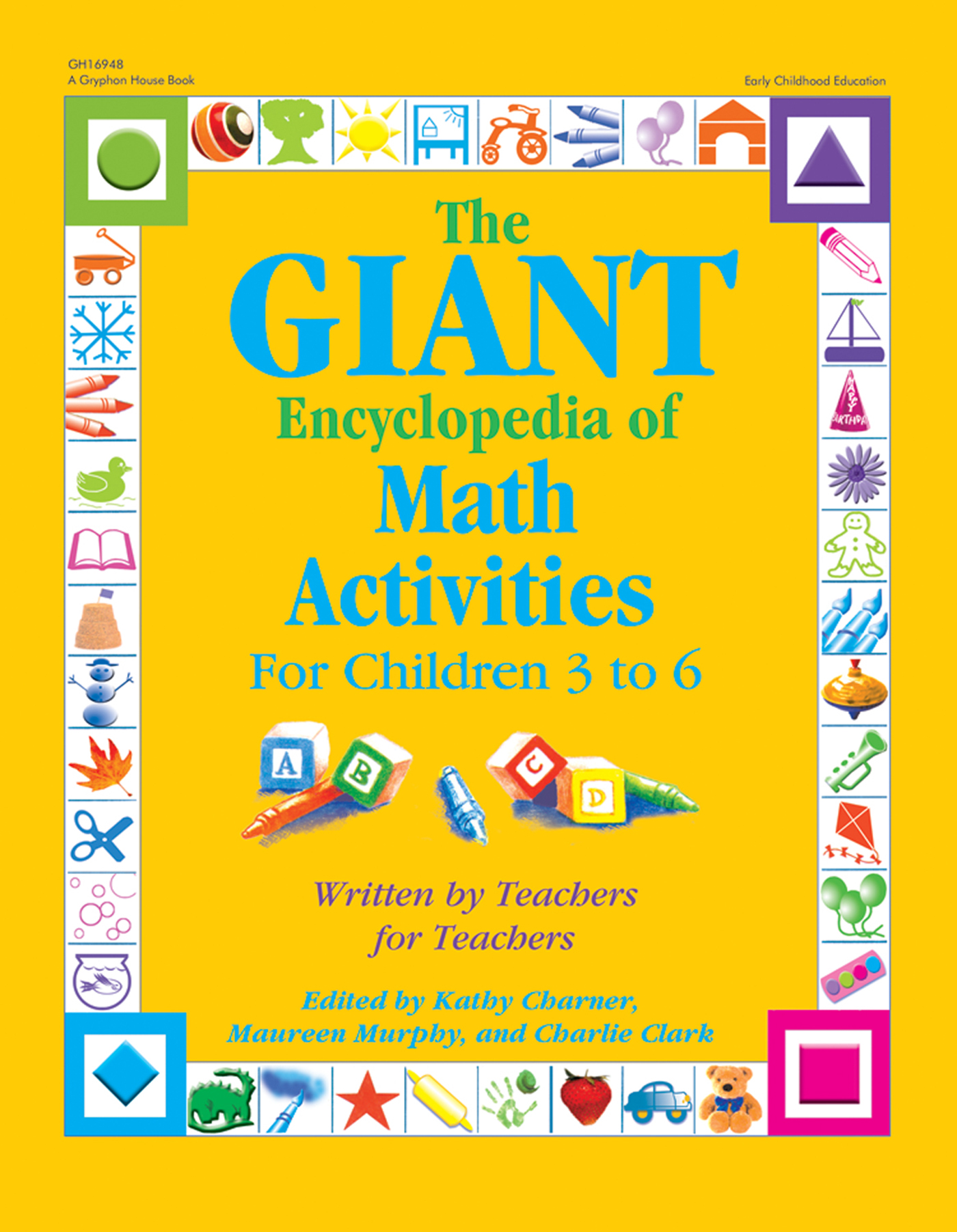Materials
pumpkins of all shapes and sizesyarnbathroom scaleyardstickchart papermath cubeslarge note cards or card stockmarkers
Instructions
1. During the month of October, have each child bring in a pumpkin. Label each pumpkin with a child's name. If cost is an issue, see if you can borrow pumpkins from a garden center or grocery store or even friends.
2. Set up a "pumpkin patch" area in the room.
3. Do the activities below, and after you finish all three pumpkin measurements, hang the cards that you write results on together for the children to compare.Weight1. During center time, the children can weigh their pumpkins using the bathroom scale.
2. Help the children write the weight on a notecard: "My pumpkin weighs ____ pounds!"3. Make a chart, comparing the weights.
4. Let the children guess just by looking which pumpkin they think weighs the most.
5. Older children can try to pick up the pumpkins (with assistance) so they can see if they can feel which pumpkin is the heaviest.Circumference1. Show the children how to use yarn to measure the circumference of their pumpkins by wrapping the yarn around the pumpkin and cutting a length that is equal to the circumference of the pumpkin.
2. Have the children guess which pumpkin one is the fattest, skinniest, and so on.
3. Have the children take their yarn pieces and place them against the yardstick to see how large the circumference is in inches. Help the children write it down on the card: "My pumpkin is ____ inches around."4. Make a chart comparing the circumferences of the pumpkins.Height1. Have the children use the math cubes to measure the height of their pumpkins.
2. They can stack the cubes beside the pumpkin and see how many math cubes tall their pumpkin is. They can also take a ruler and measure the height.
3. Help the children write the results on the card: "My pumpkin is _____ cubes tall." or "My pumpkin is ____ inches tall!"4. Children can also guess by looking at the pumpkins which is the tallest, shortest, and so on.
